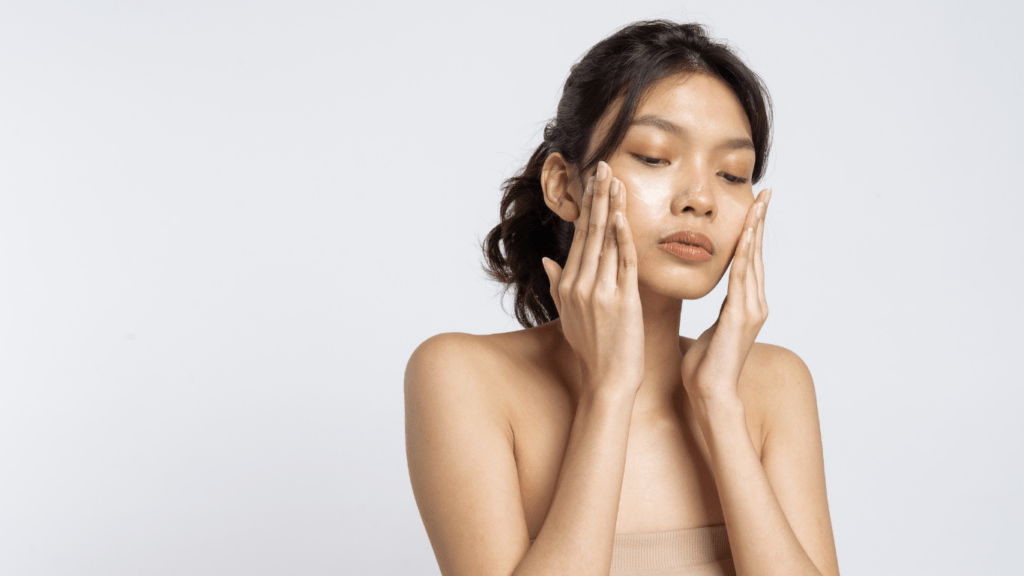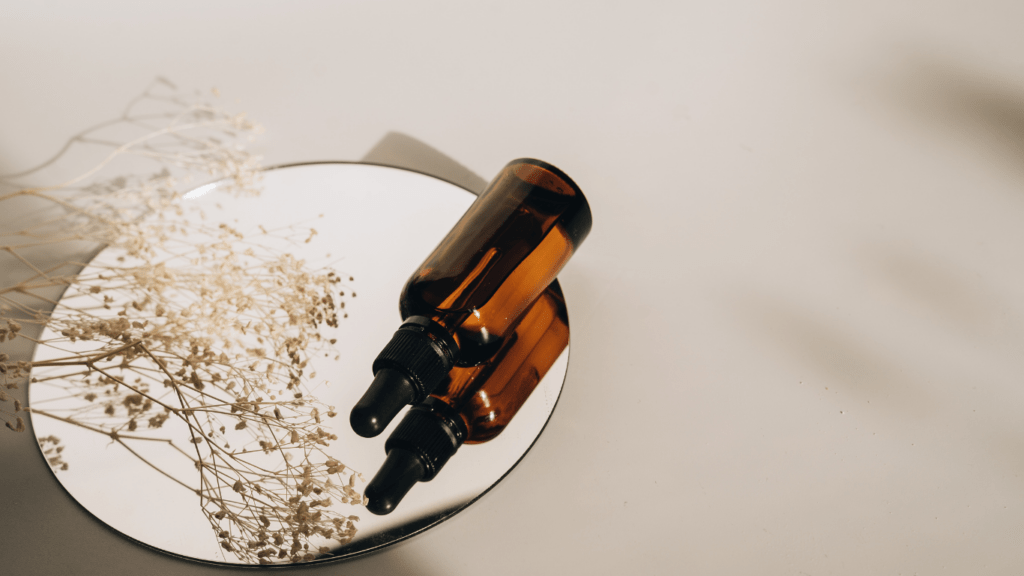Understanding Skin Cycles
Skin cycles play a crucial role in determining the effectiveness of your skincare routines. The skin undergoes different processes throughout the day and night, influenced by the body’s circadian rhythm and environmental factors.
Daytime Skin Cycle
During the day, the skin focuses on protection. It produces more sebum to defend against pollutants and UV radiation. Studies show that sebum production peaks around noon. This natural oil barrier helps shield the skin from external aggressors.
The skin also experiences oxidative stress from environmental factors like sun exposure and pollution. Oxidative stress can lead to premature aging and damage to skin cells. Thus, using antioxidants in morning skincare routines can help neutralize free radicals and protect the skin.
Nighttime Skin Cycle
At night, the skin shifts its focus to regeneration. Cell turnover and repair processes are at their peak during sleep. Between 11 PM and 4 AM, skin cells regenerate faster compared to the daytime. This natural repair process helps mend damage caused by daily environmental exposure.
The skin becomes more permeable at night, making it an ideal time for applying treatments with active ingredients. Products containing retinoids, peptides, and hyaluronic acid can penetrate deeper into the skin, enhancing their effectiveness.
Creating skincare routines that align with these natural cycles can optimize skin health. By understanding how the skin functions differently during the day and night, you can tailor your skincare practices for maximum benefit.
Morning Skincare Routine
Morning skincare focuses on protecting the skin from daily aggressors and preparing it for the day ahead.
Key Elements
Morning skincare includes cleansing, moisturizing, and applying sunscreen.
- Cleansing: Use a gentle cleanser to remove overnight impurities without stripping the skin.
- Toning: Apply a toner to balance the skin’s pH and prep it for further products. For example, hydrating toners provide moisture.
- Serums: Incorporate antioxidant serums, like those with Vitamin C, to shield the skin from free radicals and promote a bright complexion.
- Moisturizing: Choose a lightweight, hydrating moisturizer to lock in moisture and keep your skin supple throughout the day.
- Sunscreen: Apply broad-spectrum sunscreen with at least SPF 30 to protect against harmful UV rays. Sunscreen is essential, even on cloudy days.
Night Skincare Routine

Night skincare routines focus on repair and rejuvenation. Evening practices allow the skin to heal from daily stressors and prepare for the next day.
Key Elements
Cleansing: Remove makeup and impurities accumulated throughout the day using a gentle cleanser. This prepares the skin for subsequent treatments.
Exfoliating: Use chemical exfoliants like AHAs or BHAs 2-3 times a week to remove dead skin cells and enhance cellular turnover. This helps maintain clear, smooth skin.
Treatments: Apply targeted treatments like retinoids or serums containing ingredients like hyaluronic acid and peptides to address specific concerns such as aging, dryness, and hyperpigmentation.
Moisturizing: Use a richer, more nourishing moisturizer to hydrate and lock in all the products applied. This supports the skin’s natural repair processes overnight.
Eye Cream: Apply eye cream containing ingredients like caffeine or peptides to reduce puffiness and dark circles, promoting a rested appearance by morning.
Recommended Products
Cleansers: Use products like La Roche-Posay Toleriane Hydrating Gentle Cleanser to remove makeup and debris while maintaining the skin’s moisture barrier.
Exfoliants: Incorporate Paula’s Choice Skin Perfecting 2% BHA Liquid Exfoliant into your routine 2-3 times weekly to exfoliate and brighten skin.
Treatments: For targeted treatment, try The Ordinary Retinol 0.5% in Squalane for anti-aging benefits, or Cosmedica Pure Hyaluronic Acid Serum for hydration.
Moisturizers: Opt for CeraVe PM Facial Moisturizing Lotion for night-time hydration. It contains niacinamide and ceramides to support the skin barrier.
Eye Creams: Use products like Kiehl’s Midnight Recovery Eye to reduce signs of fatigue with its blend of essential oils and botanicals.
The nighttime routine emphasizes deep repair and hydration, ensuring the skin remains healthy and rejuvenated.
Differences Between Morning and Night Skincare
Morning and night skincare routines serve distinct purposes. Understanding these differences helps tailor your approach effectively.
Ingredients to Use
In the morning, antioxidant serums, such as vitamin C, protect the skin from free radicals. Sunscreen (e.g., EltaMD UV Clear SPF 46) is crucial for blocking harmful UV rays. Lightweight moisturizers, like Neutrogena Hydro Boost, keep skin hydrated without feeling heavy.
At night, ingredients focus on repair and rejuvenation. Retinoids (e.g., The Ordinary Retinol 0.5% in Squalane) boost cell turnover and reduce signs of aging. Hyaluronic acid in products like CeraVe PM Facial Moisturizing Lotion provides deep hydration. Anti-aging peptides in eye creams, such as Kiehl’s Midnight Recovery Eye Cream, address fine lines and puffiness.
Ingredients to Avoid
In the morning, avoid ingredients that increase photosensitivity. Retinoids, commonly found in night treatments, can make skin more susceptible to sun damage. Exfoliants like AHAs and BHAs should be avoided if you plan to spend time outdoors.
At night, skip products with heavy fragrances, which can irritate the skin during its repair phase. Daytime-focused ingredients like SPF are unnecessary and may clog pores. Also, avoid acne treatments with benzoyl peroxide, as they can cause excessive dryness when used with other potent night-time ingredients.
Personalizing Your Skincare Routine
Customizing your skincare routine ensures it meets your unique needs. Consider the following factors and expert tips when crafting your morning and night regimen.
Factors to Consider
- Skin Type: Identify your skin type whether it’s oily, dry, combination, or sensitive. Use products designed for your specific type to avoid irritation and enhance effectiveness.
- Skin Concerns: Focus on your primary skin concerns such as acne, aging, hyperpigmentation, or sensitivity. Choose targeted treatments like salicylic acid for acne or hyaluronic acid for hydration.
- Climate: Adapt your routine based on your local climate. In humid conditions, opt for lightweight products. In dry climates, use richer, more hydrating formulations.
- Lifestyle: Consider factors like your daily sun exposure or makeup use. Regular outdoor activities may require more frequent sunscreen application, while heavy makeup might necessitate a double-cleanse method at night.
- Patch Testing: Test new products on a small skin area before incorporating them into your routine to prevent adverse reactions.
- Layering Products: Apply products from thinnest to thickest consistency. Start with serums, followed by moisturizers, and end with sunscreen in the morning.
- Routine Consistency: Stick to a consistent routine for at least a month to accurately judge product effectiveness and observe visible improvements.
- Avoid Over-Exfoliating: Limit exfoliation to 1-2 times per week to prevent skin barrier damage. Use gentle exfoliants like lactic acid if you have sensitive skin.
By following these factors and expert tips, you can create a personalized skincare routine that enhances your skin’s health and radiance.


 Bonnie Brown is an expert in holistic wellness with over a decade of experience in natural health and skincare. She has dedicated her career to helping individuals achieve radiant health through plant-based solutions and mindful self-care practices. Bonnie is passionate about blending ancient traditions with modern wellness techniques, making her insights a valuable resource for anyone on a journey to healthier skin and overall well-being.
Bonnie Brown is an expert in holistic wellness with over a decade of experience in natural health and skincare. She has dedicated her career to helping individuals achieve radiant health through plant-based solutions and mindful self-care practices. Bonnie is passionate about blending ancient traditions with modern wellness techniques, making her insights a valuable resource for anyone on a journey to healthier skin and overall well-being.
